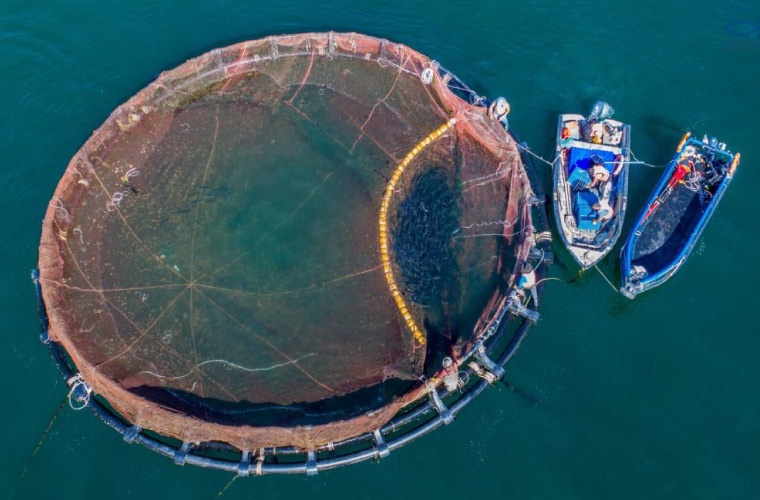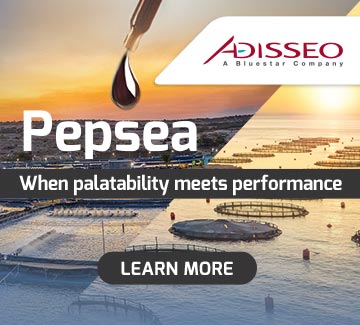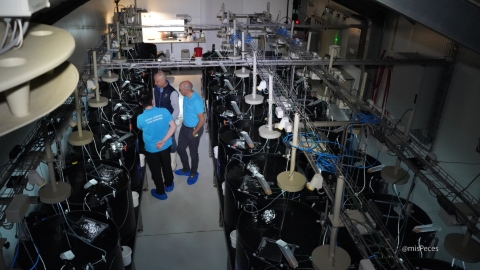 Copper alloy net | File photo
Copper alloy net | File photo
The adoption of copper alloy nets as a replacement for polyethylene nets can provide significant environmental advantages, particularly in terms of recyclability and reduced reliance on antifouling paints. This conclusion comes from a study conducted by researchers at the University of Milan and the Council for Agricultural Research and Economics (CREA), which performed a comparative Life Cycle Analysis (LCA) on the two types of nets.
Researchers considered primary and secondary data on production, usage, and disposal. Results were published in Aquacultural Engineering and included sensitivity and uncertainty analyses to assess environmental impacts under different scenarios and parameters.
Primary data for the Life Cycle Assessment was sourced from a pilot aquaculture facility of Cooperativa Maricoltura e Ricerca (Maricap), located on Capraia Island, Italy.
This facility is situated within the Tuscan Archipelago National Park, approximately 36 miles from the Tuscan coast. This remote location offers pristine waters, ideal for sustainable fish farming.
The facility comprises 32 floating cages as part of the fish farm, with a total production capacity of 1,800 metric tonnes of sea bream and European sea bass per year. This context is important, as sea bream and sea bass, key species in the Mediterranean aquaculture, are farmed extensively in the region.
The study evaluated three setups to assess environmental performance. The first setup involves copper alloy nets with 100% recycled material, significantly lowering the environmental impact by reducing the need for virgin material. The second setup considers copper alloy nets with 75% recycled material, a more realistic scenario reflecting partial recyclability, where 25% of the material is virgin copper. The third setup examines polyethylene nets, made entirely of virgin polyethylene and requiring antifouling paint to prevent biofouling, which contributes heavily to the environmental impact.
According to the study, copper alloy nets demonstrate lower environmental impacts in critical areas such as energy consumption and mineral resource use when fully recycled. On the other hand, while polyethylene nets are initially more affordable, they rely heavily on chemical products like antifouling paints, which the study identified as major environmental impact hotspots. Copper nets offer several benefits, including resistance to biofouling, which reduces the need for frequent cleaning and the application of antifouling agents. This, in turn, improves water flow and enhances fish welfare.
Additionally, copper nets have a longer lifespan compared to polyethylene, potentially offsetting their higher initial cost. Moreover, some studies cited in the research suggest that fish grow better in copper nets, resulting in improved feed conversion rates.
One of the main barriers to widespread implementation of copper nets in aquaculture is that most studies have been conducted on a pilot or experimental scale. Future research needs to focus on evaluating how saving on maintenance and improved productivity could balance the initial investment costs.
Another intriguing area for further investigation is whether copper nets can significantly reduce other critical inputs such as fish feed, which constitutes a major portion of aquaculture’s environmental footprint.
Copper nets demonstrate great promise in enhancing the sustainability of aquaculture, provided that effective recycling systems are implemented and additional large-scale usage data is gathered.


